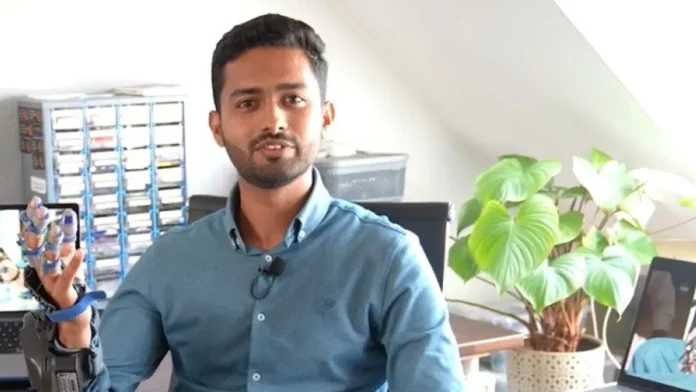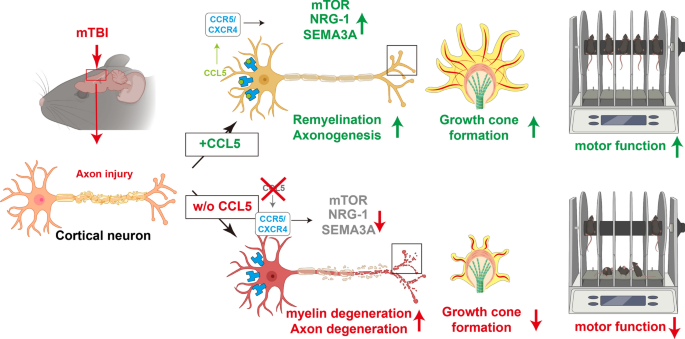For me it's only when my trochanteric bursitis kicks in on my left hip that I feel old.
At 68 now, I'm still middle aged since I'm going to get to 100. My fellow travelers on the Iceland trip I just completed were mostly in their 70's and laughed heartily at my definition of middle-aged.
 |
| Seljalandsfoss, you can actually walk behind this waterfall, I didn't because of 5 yards of slippery slanted rocks |
 |
| Spent a hour here, wonderfully relaxing, but expensive drinks. |

Skagafoss, with Rockey, who was on my Bhutan trip also


Gullfoss

When Are We Officially “Old”?
Coach Maloney was my soccer coach in middle school and a mentor along the way. He’d been a former star high school athlete and practiced with our team, regularly dribbling past us with ease and outrunning us by several strides. Though he had thick muscular legs, he sported a rotund torso and a mostly bald head. At the time, I’d thought he was so old, which is why I marveled at his athleticism.
Yesterday, I looked back through my yearbook, and realized, “Oh my god. He was 38.”
I’m 40 now — and coach doesn’t look nearly as old as I remembered. It illustrates how our perception of age changes as we get a few years under our belt. There’s always an inner you that feels younger, and ready to conquer the world. Even if the person staring back in the mirror doesn’t match that feeling.
So when do we become old — officially? And how should we think and talk about our seniors? These questions go right to the heart of how we live and treat each other.
The evolving needs
Our definition of age has quickly evolved over the past 100 years, as life expectancies have risen dramatically, even discounting for the impact of falling infant mortality rates. This is particularly true for wealthy people, who are getting especially healthy years in their final chapters. Everything is relative in life, and aging is no different. If we reach a point where people are routinely living to 120+ and maintaining good health, perhaps turning 70 will be seen as middle-aged.
In the realm of academia, researchers technically define old age as 65, as this is a common point of retirement. It’s also when you become eligible for Social Security and Medicare. Per Dr. Karl Pillemeer, “For policy-planning purposes, ‘over 75’ is a much more meaningful demographic than ‘over 65’.” He adds that it is because people past 75 are much more likely to develop chronic disease. People between 65 and 75 are far more similar to those in middle age. So perhaps we shall respectfully dub old age as 75?
But is this even the right way to think about age? What words should we even use to describe it?
The word “old” feels inherently derogatory, and is associated with deterioration and obsolescence. It fails to account for the complexity and heterogeneity of aging. Some 40-year-olds are bedridden with diseases. Conversely, my dad is 70, swims over a mile a day, and still doesn’t need blood pressure meds.
It’s all relative.
Another option is “elderly”, but that also carries tons of baggage. It evokes feelings of someone needing extensive help just living, of them being unable to do the basics, like cleaning up after themselves and getting groceries.
The term was more common decades ago but has simply warped and become problematic. One simple test of language perceptions is to poll people in a retirement home on how much they identify with these terms. Per Dr. Clara Berridge, you’d be lucky to get one or two people in a crowded room to raise their hand when you use the term “elderly”.
Meanwhile, “geriatric” has too strong of a medical connotation, and evokes feelings of extended family trying to find the appropriate care for a high-maintenance loved one.
The term “senior” is confusing because it invites the question, “Senior to whom?” The term is also used with universities and high schools, and in job titles, such as “Senior Vice President”.
“Senior citizen” has readily apparent flaws, as many people aren’t actually citizens in the United States. The term also feels very 1990s, and paired with baggage as well.
The term “older” tends to have a less negative connotation, though it still feels like a label, though less so than “old”.
One recommended option is: “older adults”. This label is shown to reduce negative perceptions and stereotyping more than other terms. This might feel persnickety and unnecessary. But remember that language can very much evoke quick conclusions and discriminatory thinking.
Older adults isn’t a perfect solution. It implies there is a group of younger adults, which isn’t properly defined. But the ambiguity itself helps reduce categorical thinking.
Figuring out the path forward
And to be clear, we can’t erase the societal bias that goes against older adults. More than 93% of people between the ages of 50 and 80 will experience ageism at some point. Sadly, it’s a form of bigotry that most of us will both experience and unintentionally perpetrate. Which is why we should think more clearly about how we describe age, to help account for this bias.
This is particularly true as we witnessed a full-scale attack on President Biden for his age, with mean-spirited memes showing him falling downstairs and stammering over his words. And while I get that he’s the president, and open to criticism as any other, I worry that the ageist floodgates have been opened to take shots at everyday people.
And the problem is — this bias is even common with older adults against each other. Dr. Clara W. Martinson observed a 55+ condo where residents didn’t want other residents in wheelchairs playing games in the display window. Why? Because they worried it would lower their property value. One resident even wanted a separate dining hall for those in wheelchairs, saying that, “I don’t like the intermingling of the well and the sick.”
And this is the challenge: we draw conclusions about older adults based on their physical status. Healthy older adults get more of a hall pass for being old, while the others are placed into a lower tier as if they have somehow failed in life.
This is why it’s problematic to use phrases like, “80 is the new 50.” It plays pretend with what aging actually is, and creates a meritocratic psychology around an unfair process. It’s the framework of “successful aging” which is ableist. It causes harm and mental health issues in those dealing with chronic disease.
It’s an unconscious bias that comes naturally and without notice, namely because our heavy focus on chronological age is a modern construct and not a great measure of actual aging. Some 65-year-olds are running companies. Others are at the mercy of early-onset dementia.
The challenge is that we are proven to define a successful older adult, in this case, aged 65 and older, as having completed three criteria:
Having avoided major diseases.
Having no disabilities.
Having maintained full physical and cognitive function.
I fail at all of these due to my stroke, but I do have full cognitive function
This is not only a narrow criteria, but deceptively hard to attain, with only 12% of older adults fitting into this category. So we implicitly categorize the remainder in a “less than” category, without actually saying it.
I urge you to live healthy, treat your body kindly, and turn to others with an empathetic heart. Remember that we are all on this shared journey of getting older, and will all succumb to the wear and tear life inevitably brings.
Think carefully about how you describe, think about, and treat older adults. You will one day be one of them. And remember that ill health visits many otherwise disciplined, health-oriented people. Do not judge someone for a disease or disability beyond their control.
Remember that aging is a gift, and the mere act of being alive alongside another is an exceedingly rare, and special coincidence.



